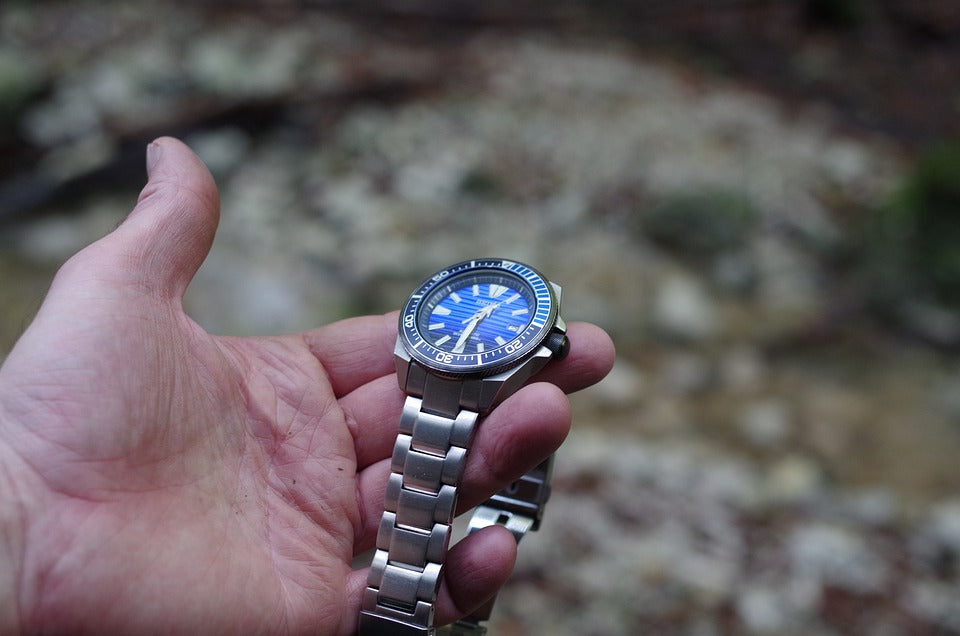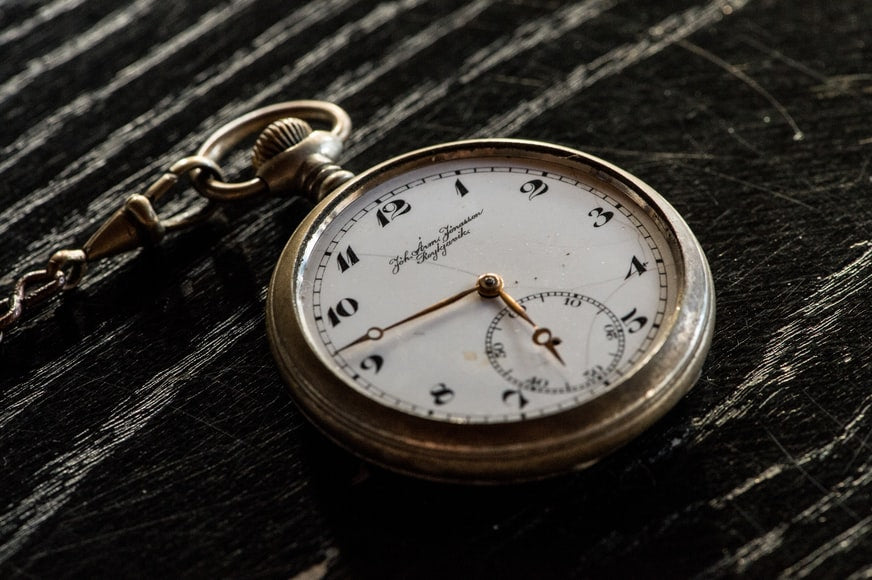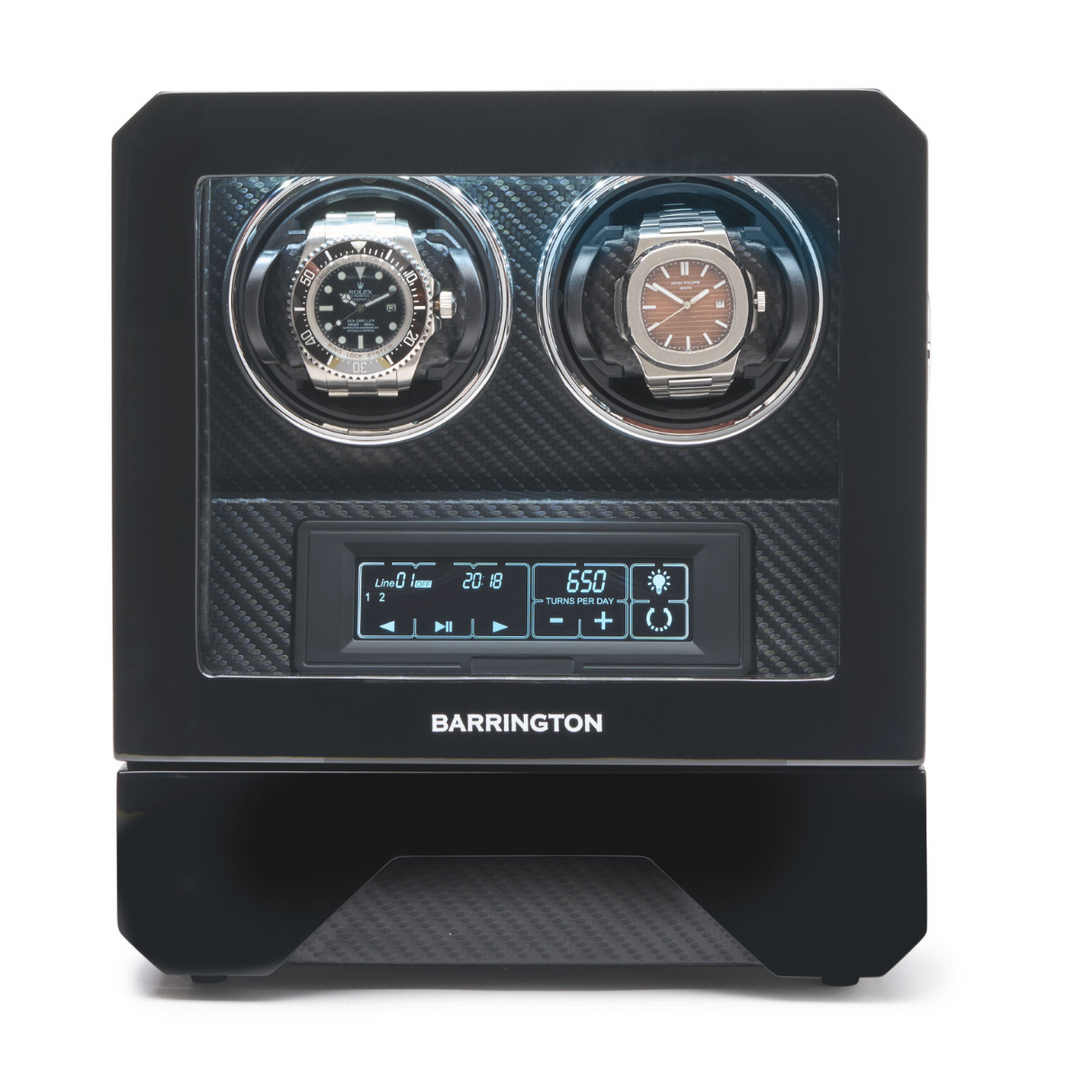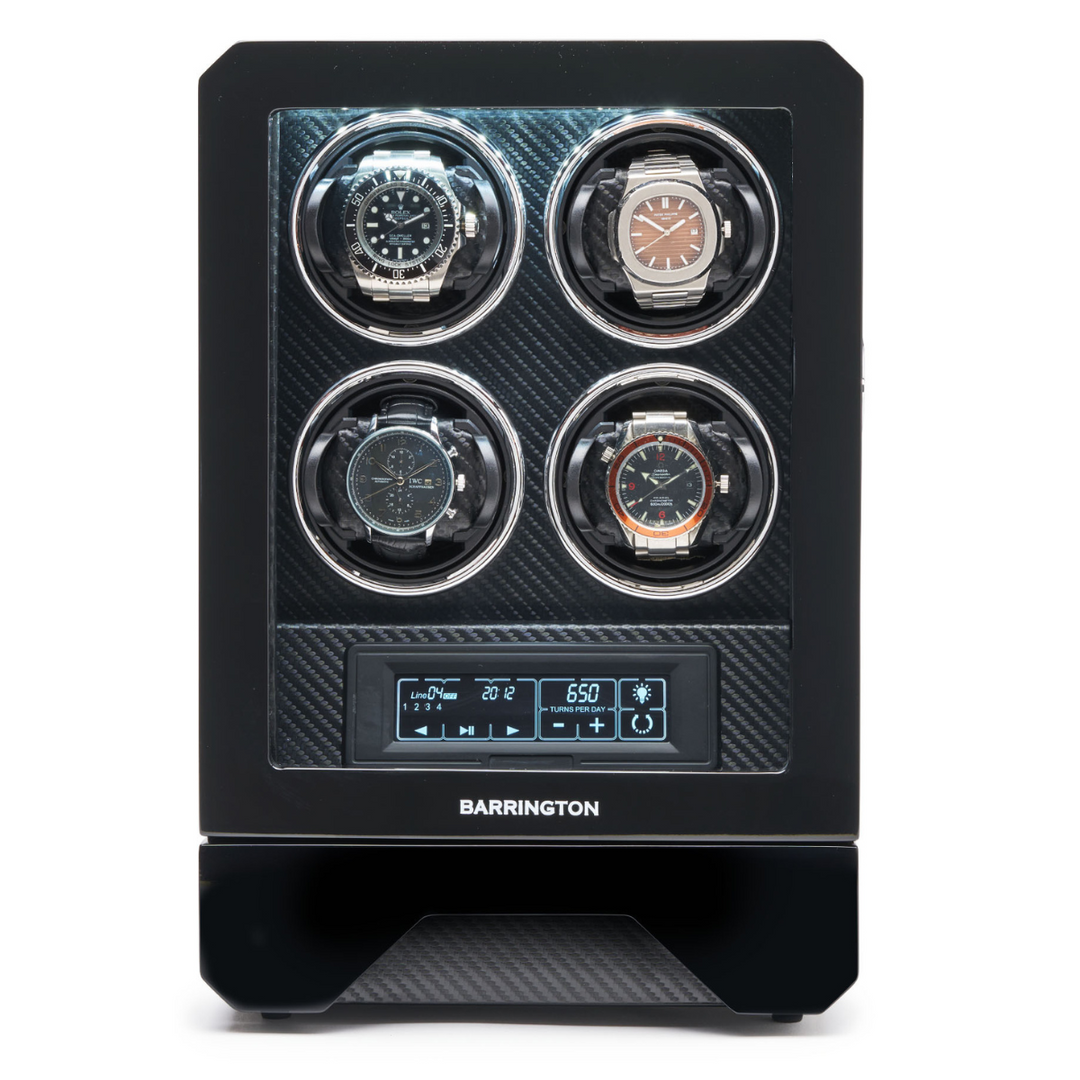9 Things to Know Before Buying a Luxury Second-Hand Watch
Buying pre-owned luxury watches can be a minefield at times and doing your research beforehand can prevent you from making a potentially costly mistake.
With that in mind, we’re going to explain how to buy a luxury second-hand watch and how to properly care for it after you’ve bought it. Don’t go shopping without reading this first.
Is buying a used watch a good idea?
It’s well-established that many luxury watches either hold their value extremely well or actually increase it over time. The same goes for certain pre-owned and vintage (for the sake of argument, pre-1980s) watches, which of course have the additional benefit that they tend to be less expensive than buying new, so your money can go further. Plus, the greatest chunk of depreciation has already been absorbed by the original owner. So if you’re not bothered about having the latest model, or you like having something on your wrist that has a classic quality to it, then there’s a lot to be said for buying used.
The pre-owned sector is the fastest-growing in the watch market, with savvy buyers capable of snapping up excellent deals and solid investments. But there are plenty of bad buys out there, too, and fraudulent sellers to look out for. Auction site eBay reckons it sells a watch every 28 seconds. It has now rolled out an ‘authentication guarantee’ scheme in the US and the UK that offers a physical inspection by an independent assessor for any watch priced at over £2,000 / $2,000. They’ll check the crown, bezel, dial, case, clasp or buckle for damage or signs of parts being swapped, as well as any paperwork that comes with the watch. It’s an additional level of confidence on a marketplace where it’s very much ‘buyer beware’.
What should I look for when buying a second-hand watch?

1. Treat low prices with caution
We’ll assume at this stage that you already know your budget and have a fair idea of the type of watch you’re after so you can narrow down your options. Once you’ve found a watch that you like the look of, do some research online to get an idea of the market value for the same watch of a similar age and condition. That will give you an idea of whether the watch is overpriced. If the watch has a price tag that seems very low, then treat that as a red flag as there’s probably a very good reason why. It could be stolen, fake, damaged or not even exist beyond the photos on a website.
2. Keep maintenance costs in mind
There are exceptions, but generally speaking, any watch made pre-1980s is classed as vintage. And typically, the older a watch is, the more care and maintenance it’s likely to require, which you should factor into your cost calculations. Older watches tend to be less robust, more prone to damage if they take an accidental knock, and they really ought to be serviced more often as their parts will be more susceptible to wear and tear.
If you’re buying a second-hand automatic watch, then you should consider a watch winder - especially if the watch doesn’t have rapid calendar advance. This function was not adopted by many brands until the 1960s, so if the watch pre-dates that period, then once it runs out of power, you’ll need to reset it. As well as keeping your prized possessions secure, a watch winder makes that unnecessary. A high-quality watch winder will also not rotate continuously, which prevents damage to the mechanism. Our Turns Per Day Database tells you exactly how many turns your watch requires so you can ensure it’s not overwound.
3. Buy the seller, not the watch

If you frequent watch forums online then you’re likely already familiar with the expression: buy the seller, not the watch. When it comes to buying pre-owned or vintage watches, it’s all about the amount of trust you place in the seller. Start by looking into their online presence: do they have a website, do they have verified reviews online, do they have social media profiles that have been active for some time? Use search engines and online forums to check what people are saying about them. It’s not difficult for a scammer to create a false image of themselves online, but it’s trickier to do it convincingly long term.
Ideally, the seller will have a physical showroom where you can see and handle the watch before purchase. If they don’t, and you’re buying online, then you need to proceed with more caution. For instance, there should be a comprehensive set of photos of the watch, including the mechanism. You should ask the seller to set the watch to a particular time to prove they actually have the watch in their possession.
Needless to say, personal recommendations from friends, family, colleagues or other people you trust, go a long way.
4. Warranty and returns policy
If you’re spending a considerable sum of money on anything, whether it’s a second-hand watch or something else, then the seller’s warranty and returns policy is fundamental. Any trustworthy seller will offer either an exchange or a full refund in the event of a problem. If they do not offer either, our advice would be to look elsewhere. We would argue that this is one of the most important things to know when buying a pre-owned luxury watch.
When paying, especially if purchasing online, use a well-known service such as PayPal, which has reassuring buyer and fraud protection built-in.
5. How important are the watch box and papers?
If the watch’s original presentation box and papers are included, this will normally be mentioned in the details, as it’s a guarantee of authenticity and therefore a major selling point. Over the years, these tend to go missing, which is why vintage watches (pre-1980s) particularly are less likely to have them. It also wasn't viewed as being as important to retain the original box and papers as it is today.
So, while possession of the full set: user manual, certificate of authenticity, warranty card, and the box, will naturally be reflected in the price, their absence doesn’t necessarily mean the watch isn’t genuine. Ultimately, it depends on how much significance you place upon them.
6. Condition is all important

With an older watch, some wear and tear is inevitable. In fact, some would argue it adds character, and of course, the price should take into account any minor scratches or blemishes. Some sellers will have their own workshops for repairs or firms that they use. One thing to be particularly careful about is signs of over-polishing, which risks softening and altering the lines of the case and is a major no-no.
Replicas are getting so professional nowadays, with what some in the business refer to as ‘super fakes’, that in some cases only experts can identify them. Again - the key here is either a guarantee of authenticity such as the original paperwork, or a transparent refund policy - and ideally both.
‘Frankenwatches’ are those that have had original parts replaced, perhaps due to damage. Again, to the untrained eye, this can be very difficult to spot and may well not be revealed until the watch is professionally serviced by someone who knows the specs. But the odd replacement does not necessarily devalue the watch significantly, and you may feel that if the seller is honest about what work has been done, then that carries some weight, too.
Check the bracelet as well. Does it have the original band and buckle/clasp, which are often branded? How does the bracelet fit? Older bracelets are far flimsier than those of today, and over time the links can be damaged, leading to rattles and some stretch. If the bracelet has too much give, then the watch could fall off your wrist at precisely the wrong moment, so ensure it’s adjusted if necessary.
7. Make sure everything works
A major red flag if you’re buying in person, say at a showroom, is if the seller doesn’t want you to personally inspect the watch. This is a clear sign that the watch isn’t working as it should.
Ideally, you should have the time to give it a good look-over - does the crown turn smoothly, is the movement of the hands smooth, do the bezels move without friction? Open the watch up to inspect the movement and, if the paperwork is there, check that the serial model and serial number match. We’re fans of the Timegrapher app, a useful investment that can tell you immediately if a watch is keeping good time.
If you don’t have confidence in your abilities on this score, then you may know someone who does and would be prepared to accompany you for an hour or so. Alternatively, you could try approaching a member of staff at a jeweller and seeing if they will accompany you to give their honest opinion in return for a fee.
8. Service history

You’d want to see the service history of a classic car before buying it, and the same goes for a pre-owned luxury watch. Why? Because if it’s been looked after by professionals, ideally by the manufacturer, then it’s likely the watch has been cared for properly in all other aspects, too.
If it hasn’t been checked recently, then add the cost of a professional service to the purchase price. The service should be carried out as soon as possible after the purchase even if you’re happy with everything else, just in case something is spotted that could become a major and expensive problem later on. We would recommend asking the seller to knock the cost of a service off the price and arranging the service yourself.
9. Shipping
Many people are content to purchase watches online nowadays and, as this guide shows, a lack of a physical shopfront is no indication of a seller’s trustworthiness or otherwise. If you’re buying online, check before the purchase how the watch will be shipped. If it’s an expensive piece then it should be sent via a professional courier, and insured in case it is damaged or lost en route - there’s no sense in cutting corners to save money at this final stage.
Not all of the above will always be possible, especially if you are buying the watch online. So, we’ve summarised what we think are the essential things to remember when buying a second-hand luxury watch:
● Buy the seller - and check they have a solid presence online through their social media channels, website and verified reviews.
● Ensure the seller has a transparent warranty and returns policy.
● Know as much as you can about the watch’s condition before purchase - including comprehensive photos when buying online.
● Find out what the watch’s service history is, and who carried out the work.
● Ongoing maintenance is just as important a part of a good investment as buying at the right price. For automatic watches, a premium watch winder can be an invaluable tool.
There are risks involved in buying a second-hand watch, but there are also plenty of potential benefits. And for every horror story you might hear on the grapevine, there are many more buyers that are very happy with their purchase. We hope this guide will help you join them.
Interested in an elegant way to care for your automatic watches? Browse our selection of watch winders, designed to keep your timepieces running smoothly and accurately.
Our watch winders are a practical and stylish solution for watch enthusiasts and collectors alike. Find the right one for your needs and elevate your watch care experience.
Visit our collection here.
Discover the difference a quality watch winder can make today.














